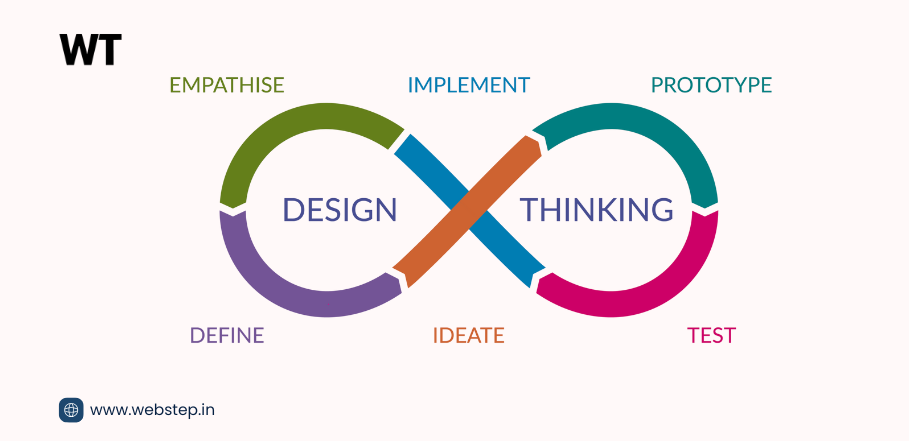
In an era where conventional problem-solving often falls short, Design Thinking offers a transformative, human-centred approach that emphasizes empathy, creativity, and iterative development. This methodology, structured around five key stages—empathize, define, ideate, prototype, and test—encourages innovation by deeply understanding user needs and continuously refining solutions. Originating from institutions like IDEO and Stanford’s d.school, Design Thinking has become a cross-industry tool, successfully applied in business, healthcare, education, and the public sector. By fostering collaboration, reducing implementation risks through prototyping, and ensuring solutions are both viable and desirable, Design Thinking enables organizations to tackle complex challenges and drive meaningful change.
Please Fill The Form
Related posts:
- The Smart Shift: Moving Enterprise Applications to the Cloud for Scalable Impact
- Design with Intent: Why Enterprise Websites Must Start with User Empathy
- From Launch to Leverage: Using Website Analytics to Drive Business Decisions
- Built on Trust: Making Security and Compliance Non-Negotiable in Web Platforms
























